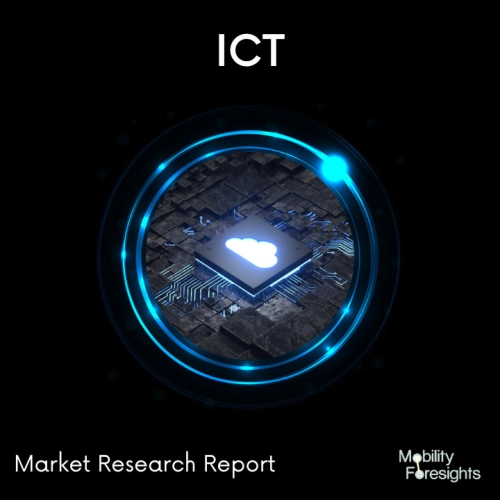
- Get in Touch with Us

Last Updated: Apr 25, 2025 | Study Period: 2023-2030
Low power SSD drives are dependable for many reasons other than only their effectiveness. Because of how they are made, they are also more dependable than HDDs. Data is written on a spinning disc using a mechanical process in HDDs.
Particularly in conditions with high levels of shock and vibration, the disc is prone to failure. There are no moving parts in SSDs. Instead, they use a succession of electrical charges to record data.
Because of this, they are significantly less likely to fail than HDDs and can last much longer than those drives.SSDs use a lot less power than HDDs, which may mean that laptop batteries may last longer.
SATA SSDs, which are larger and resemble HDDs in shape, typically consume no more than 5W, while M. 2 SSDs, which are smaller and resemble gum sticks, can use up to 7-8W when under load.

The Global Low power SSD market accounted for $XX Billion in 2022 and is anticipated to reach $XX Billion by 2030, registering a CAGR of XX% from 2023 to 2030.
Hyperstone Launches X1, a New Low Power SSD Controller.New X1 SATA NAND flash controller offers lowest power consumption and security for industrial SSDs, M.2, U.2, CFast and embedded flash drives.
The SATA III SSD controller is focused on system-in-package eSSDs or discrete on-board flash drive integration, M.2 and U.2 modules, CFast cards, and high-reliability and low power SSDs.
Without extra DRAM, the X1 achieves great durability, little write amplification, and random write performance. A wide range of flash technology, including SLC, pSLC, 3D MLC, 3D TLC, and the next generation of NAND flashes, are satisfied by the new FlashXE (eXtended Endurance) read-channel, which includes calibration, error correction with soft-decoding, and error avoidance measures.
The robust dual-core processor, as well as end-to-end datapath protection, FlashXE, and enhanced security measures, are critical for ensuring an industrially reliable system with 3D flashes.Furthermore, the X1 consumes very little power, and because the silicon is built for 125°C junction temperature, it may be used in 105 °C settings.
| Sl no | Topic |
| 1 | Market Segmentation |
| 2 | Scope of the report |
| 3 | Abbreviations |
| 4 | Research Methodology |
| 5 | Executive Summary |
| 6 | Introduction |
| 7 | Insights from Industry stakeholders |
| 8 | Cost breakdown of Product by sub-components and average profit margin |
| 9 | Disruptive innovation in the Industry |
| 10 | Technology trends in the Industry |
| 11 | Consumer trends in the industry |
| 12 | Recent Production Milestones |
| 13 | Component Manufacturing in US, EU and China |
| 14 | COVID-19 impact on overall market |
| 15 | COVID-19 impact on Production of components |
| 16 | COVID-19 impact on Point of sale |
| 17 | Market Segmentation, Dynamics and Forecast by Geography, 2023-2030 |
| 18 | Market Segmentation, Dynamics and Forecast by Product Type, 2023-2030 |
| 19 | Market Segmentation, Dynamics and Forecast by Application, 2023-2030 |
| 20 | Market Segmentation, Dynamics and Forecast by End use, 2023-2030 |
| 21 | Product installation rate by OEM, 2023 |
| 22 | Incline/Decline in Average B-2-B selling price in past 5 years |
| 23 | Competition from substitute products |
| 24 | Gross margin and average profitability of suppliers |
| 25 | New product development in past 12 months |
| 26 | M&A in past 12 months |
| 27 | Growth strategy of leading players |
| 28 | Market share of vendors, 2023 |
| 29 | Company Profiles |
| 30 | Unmet needs and opportunity for new suppliers |
| 31 | Conclusion |
| 32 | Appendix |